Black Friday 2025 has landed at Analogue Wonderland, bringing some of our biggest film photography deals of the year - from discounted film and cameras to money-saving WonderLab processing offers, exclusive bundles, and festive specials available for a limited time only. Grab a great deal while stocks last!
Recent posts
Shop the article
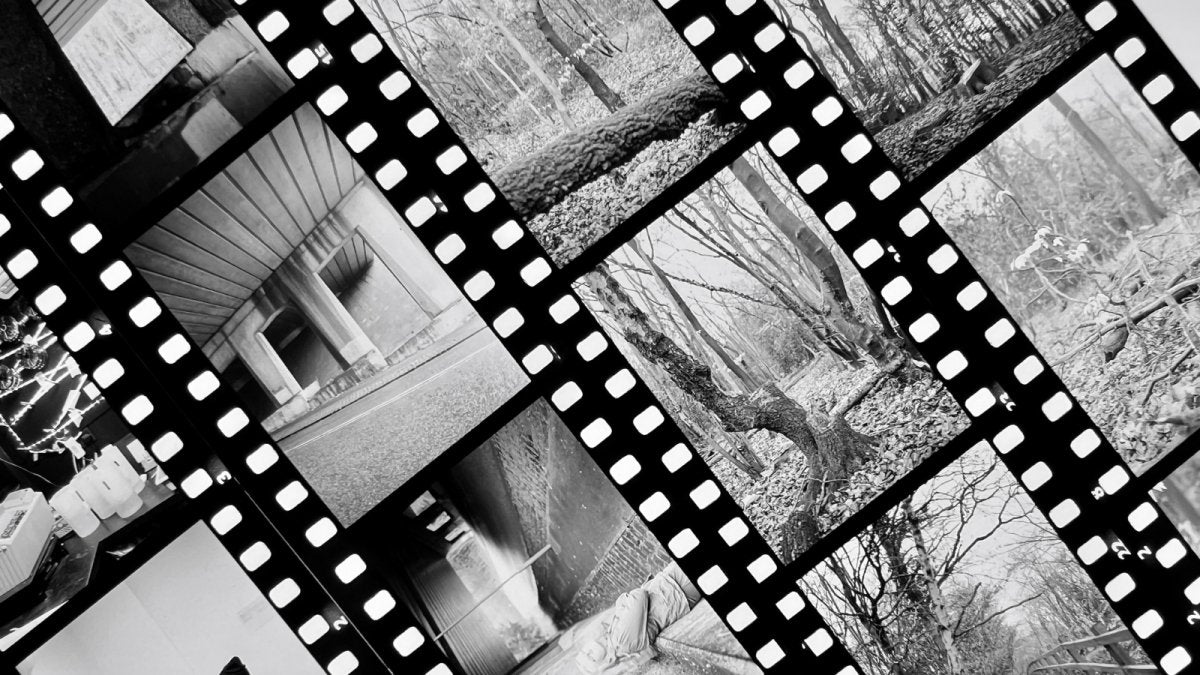
Processing Black and White Reversal Film
By Paul McKay
Happy news for monochrome specialists: we are now able to process black and white reversal films in our WonderLab!
This is an exciting progression on our mission to process all films currently available to analogue adventurers - read on to learn more about the art of developing black and white reversal film.
(Please note: this service is currently paused, as of October 2024. We will share when it is available.)
What is B&W Reversal film?
Reversal film is another name for slide film. When you hold the developed pictures up to the light, you'll be able to see the scene as you shot it rather than the 'negative' of the scene.
This means that you could use a projector to display the images with nothing more than a light source and blank wall. But it also has benefits for photographers who don't like the process of software reversal of scans - the necessary process to digitally view images that have gone through traditional negative development.
Technically we can reverse-develop nearly all black and white films - but most modern films come on a non-transparent base which will ruin the pure effect.
The best films for reversal come on clear plastic bases so that you can view the results in perfect monochrome! At the moment we have quality-tested recipes for Fomapan R 35mm and Adox Scala 50 - with more to come.

This is a direct photo of Adox Scala 50 reverse-developed and lying on a lightbox - straight from my iPhone!
What can you expect from B&W reversal development?
You will get gorgeous 'positive' images that can be immediately viewed, projected, or scanned to retain your original photographic vision.
It also gives you more opportunity to experiment with mixed media - because the images are pure transparencies they can be incorporated into artwork that blends drawing, painting, and photography without the need to make prints.

Photo taken on Adox Scala 50 and developed in B&W reversal chemistry (c) Alex Cole
How do we reverse develop your black and white film?
You may have noticed that this type of development is rarer than the common 'negative' development. That's because it requires specialist chemistry - which in return requires more steps, alongside greater expertise and care.
We have a dedicated darkroom in our lab for B&W developing, alongside equipment (and technicians!) that are able to work with different chemistries and processes in a controlled environment.
Each film has a slightly different processing recipe. We run extensive tests - sampling multiple film strips - before we offer the process to customers. This means that you can be 100% confident in the results you'll get back.
Ready to dive in?
Keep Reading
View all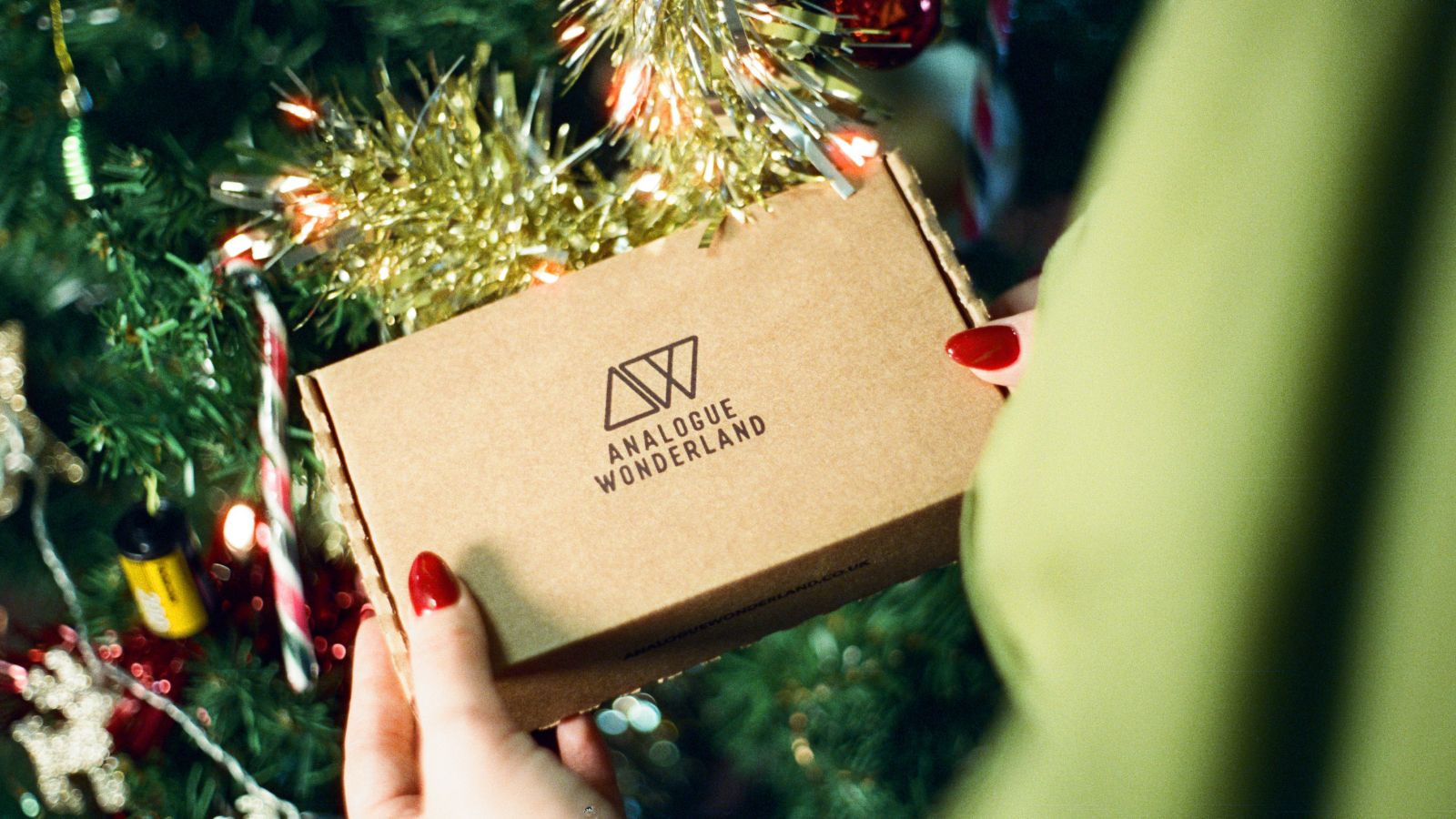
Christmas 2025: Shipping & Opening Hours
Christmas 2025 is fast approaching! To make sure your analogue goodies arrive in time, take note of our last shipping dates, plus opening and operating hours over the festive season. We've got everything you need to gift the magic of film photography this Christmas!

Film Photography Christmas Gift Guide 2025: Analogue Wonderland
Capture the magic of Christmas with film - no filters needed. Our 2025 Film Photography Christmas Gift Guide 2025 is packed with thoughtful presents for every type of shooter, from curious beginners to seasoned photographers. Discover film stocks, cameras, and creative accessories that will make this festive season truly memorable.
Subscribe to our newsletter 💌
Sign up for our newsletter to stay up to date on film photography news, sales and events:
Free Tracked Shipping
On all UK orders over £50
Passion For Film
An unbeatable range and an on-site lab
Our Customers Trust Us
Thousands of independent 5* reviews
All Deliveries are Carbon Neutral
Independently audited and verified by Planet
- Opens in a new window.




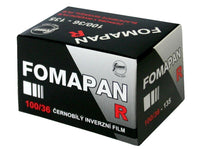
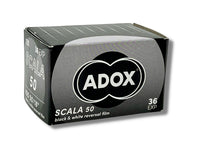
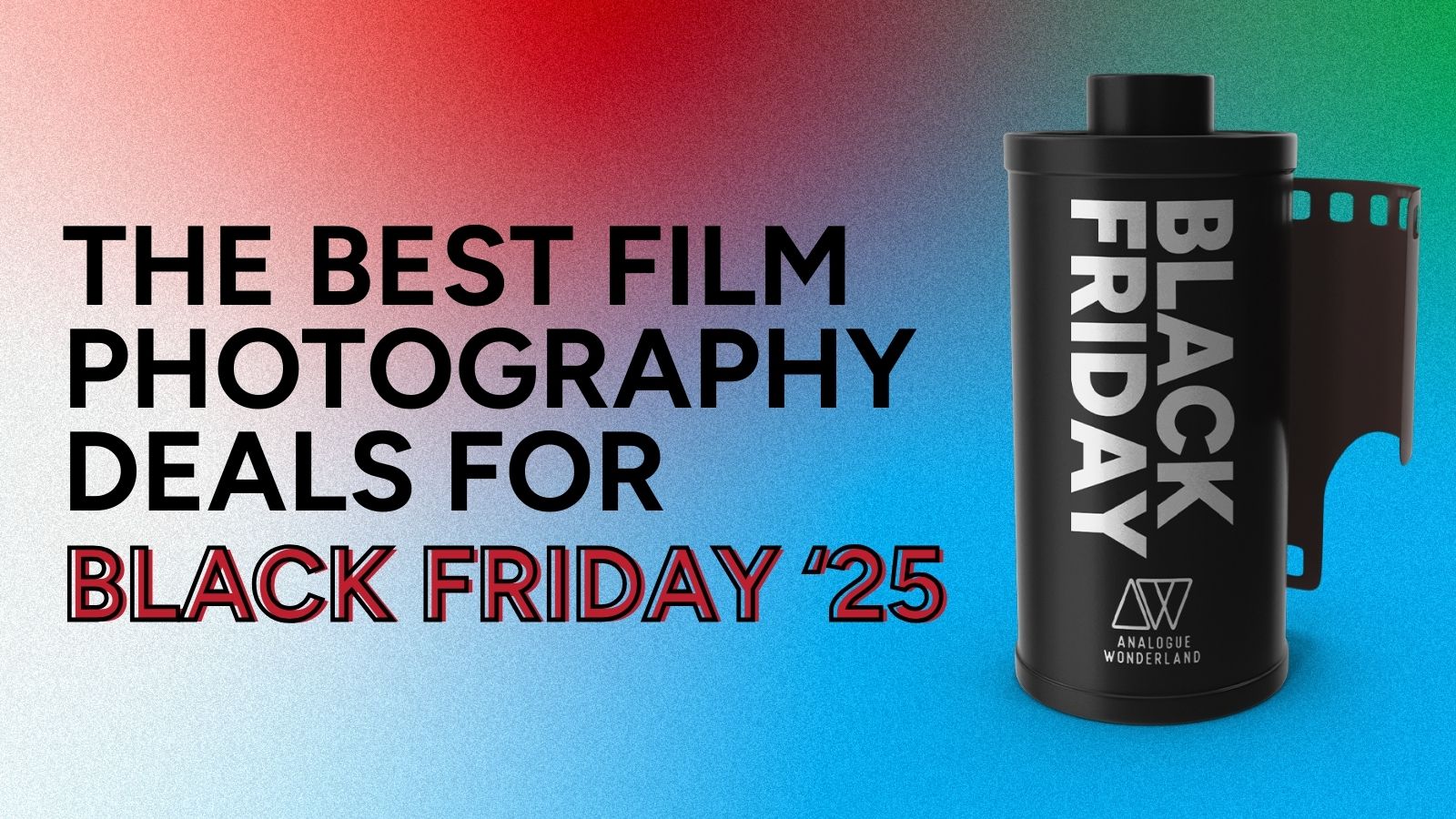
7 Comments -
Michael Ducks • -
den fensome • -
Howard Marshall • -
Jon May • -
Ian C •
1 2 →
I would be very interested to know when you will begin to reversal process 35mm B&W film again and if that would include FP4?
Kind regards, Michael
hi I have acquired a couple of old black and white films and intend to try them out. my question is can I just get the negatives processed ?
Do you also process Black & White reversal movie/cine film, Standard 8mm.
If not do you know where I can buy the kit to process it myself.
Long ago I have previously processed B&W slides using a reversal process.
Thankyou, Howard.
Hello, are there any black and white reversal films in 120 format?
Thanks in advance
Jon May
Please can you add Rollei Superpan 200 to the list of film to test?
I’m currently shooting it & it’s reputed to be very well suited to reversal processing.